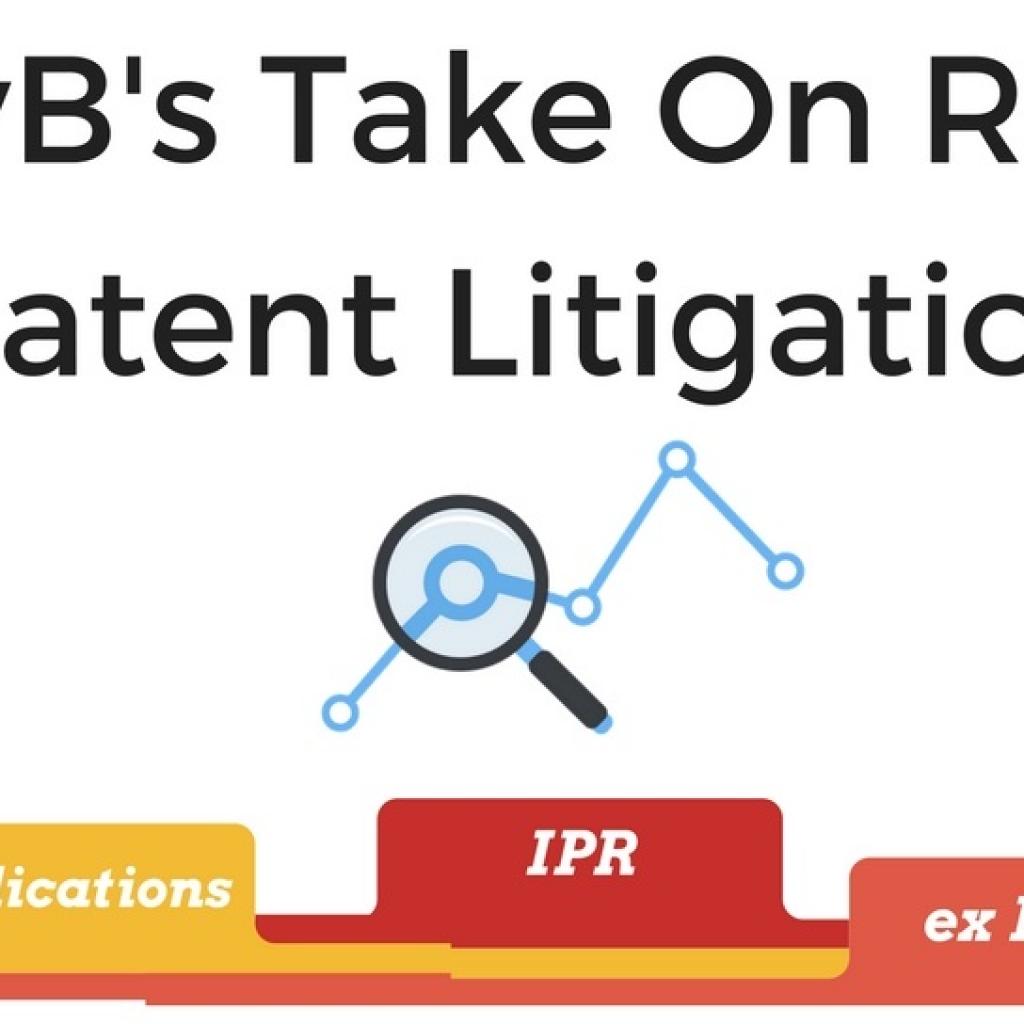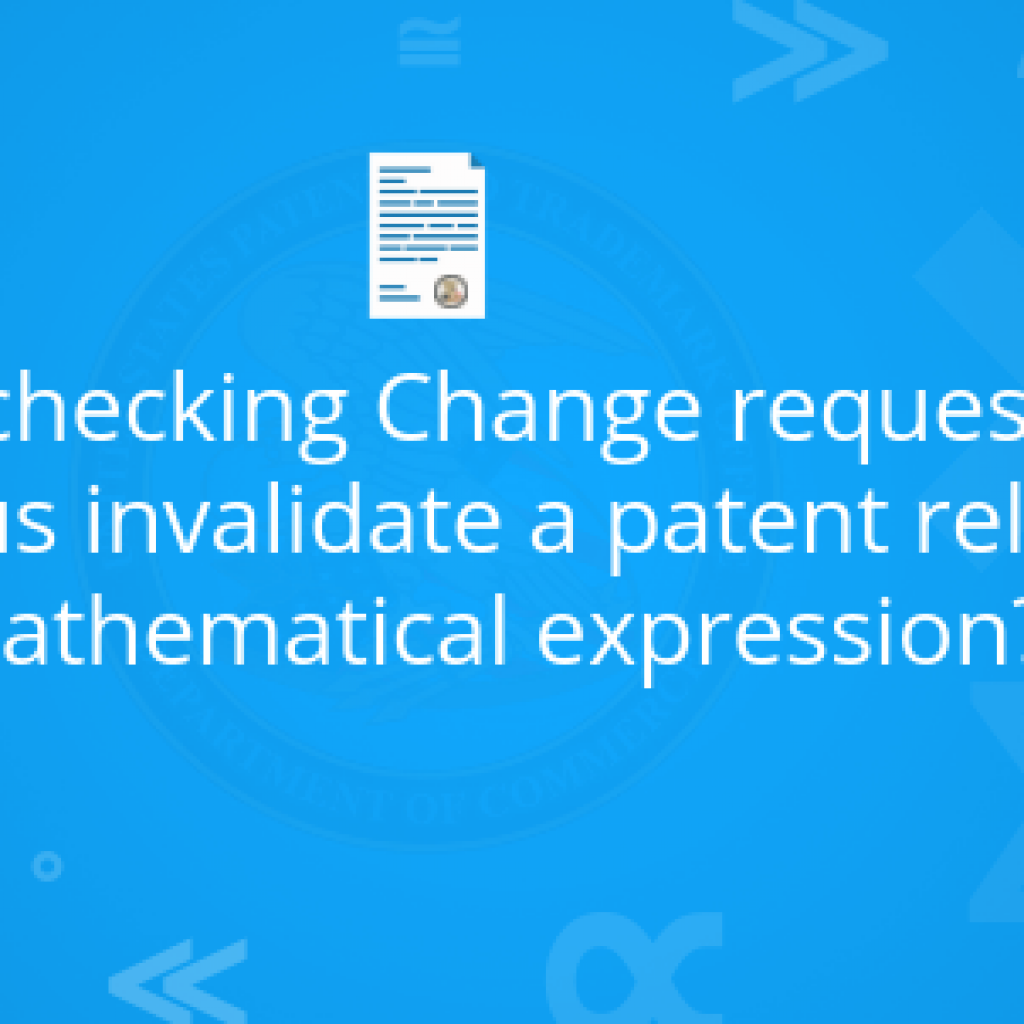An attorney fighting a litigation suit is not unlike a soldier on a battlefield. The soldier equipped with sniper or high-tech weapons could give a deadly blow to the enemy, however, that’s not enough. He also requires something to defend himself, and most importantly, a devised strategy to conquer at any cost.
An attorney, challenging the validity of a patent at Inter Partes Review – on behalf of his/her client – faces the same challenge nonetheless. Having a Tier-I reference is not always enough. To make the case stronger, it has to be looked into from every search angle. Besides, the attorney would also have to figure which elements in the claim appear weak, and how the supporting references can suffice the loopholes of the primary one, ensuring success in the pursuit.
In our decade of experience serving clients from various domains, we have experienced this first hand and have tried to incorporate the practice into our daily work. Thus, while finding bang-on prior art that can knock-off the target patent is our primary goal, we also try to find supporting prior art and documents in alternative domains that can assist our clients in building strong arguments when it comes to litigation proceedings.
Below I have shared two such instances where our clients were able to form stronger arguments – and eventually win – with the help of supporting evidence.
Let’s have a look at them.
Finding evidence of VR tech in sports before 2000 – Complicated, but we did it!
Challenging in its own right, this case was pretty crucial too, as a lot of corporate giants were involved in the suit. The technology – for the patent in question – was related to embedding the virtual elements in the multi-media in real-time based on the user activity.
This sounds pretty simple given the wealth of IP filed related to VR tech in the last couple of decades. However, the real challenge was that this patent dated back to 2000. Not the ones to fret away from challenges, we rolled our sleeves and tried to figure all the possible areas where we could locate prior-art. That’s right, despite our love for unconventional, at the initial stages, we went conventional.
After a bit of digging, we realized that this very concept could have been present in the games and gaming industry in the ‘80s [specifically in Japan]. Taking the cue, we started exploring in this direction. After analyzing around 500-600 patents every day, in the end, we finally found what we were looking for. On a side note, the amazing part was though we were looking for one particular concept, we witnessed a lot of filing around the tech which gave a sneak peek into how different companies were thinking way ahead of time in the ‘80s and ‘90s.
Delighted, we shared the result with our client, John*. John was quite satisfied with the overlapping and agreed that the patent appears to hit the bull’s eye. However, we had no idea that this was going to turn out to be a will-take-a-bit-longer-to-finalize search. Why?
John mentioned that since the infringed product was related to sports, they needed some results in that direction. However, it need not be exactly overlapping, but should surely depict that certain ideas were existing in that domain as well, just to prepare the attack from multiple angles.
With this specific requirement in mind, we restarted the search, but initially, it was quite in vain. No single evidence sprung up for days altogether. However, we soon had our Eureka! moment, while watching a lawn tennis match [Great ideas can strike you at any moment]. It struck us that a lot of sports broadcasting channels like ESPN, Fox Sports, etc., used technologies like Hawkeye or ball tracing.
With that lead, we started exploring the documents from these broadcasters. Now, while Hawkeye had its origins in 2001, there were predecessors to it, which means there were ample documents related to the concept available dated before 2000. We shared these documents with John, along with overlap information, which was well-appreciated.
While John could have easily turned the table in his favor with the bang-on Tier-I, the prior art combination from the sports domain – which was oriented towards the direction of accused products – helped him build a stronger case and achieve the required outcome.
There is strong prior art found for the patent in question. But the client made us search for something that led to prove the patent matter was common knowledge in the first place
Memorable for all the right reasons, we were assigned to work on this case ever since it entered litigation. The technology, for the patent, was related to the streaming of media where the client system can control the streaming rate. The client, Sam’s goal was to invalidate the patent, and at this point, we had already shared some strong Tier-I references.
It was the middle of the litigation, and we have had shared a lot of documents disclosing this concept. However, Sam had other plans. He wanted us to obviate this concept and asked for some documents that disclose when server-side control the streaming rate, there are a lot of disadvantages related to it.
In other words, he wanted to prove that – it is very common knowledge among researchers that it is better to have a client-side controlling the streaming rate. So, we targeted this particular aspect and shared a lot of documents related to it [which was opposite of what we were doing earlier].
Sam’s thought process behind the request was that presenting these documents in the litigation proceedings would ensure that the attack was prepared from all angles to ensure the invalidation of the patent. This step indeed worked in Sam’s favor and at the end of the proceedings, the patent in question was invalidated on multiple grounds.
After witnessing this kind of case, we have further refined our search philosophy, where we ensure that we not only focus on finding bang-on prior art, but we also help the client to prepare attacks from different angles. It could either be by providing the timeline of the inventor, documents from an alternative domain, or simply by providing different supporting documents. Our goal is pretty simple – Ensure the victory of the client.
Conclusion:
There are various such instances which I can go about narrating, each revealing unique strategies and tactics at work – be it at searcher’s side or attorney’s, be it during litigation proceedings or at inter partes review. We have learned a lot, and have a lot to share. If you’d like a piece of that action, do consider subscribing to our blog, where we share relevant insights, tailored for your needs. You can click here to subscribe.
Authored by: Nikhil Gupta, Manager, IP operations.










